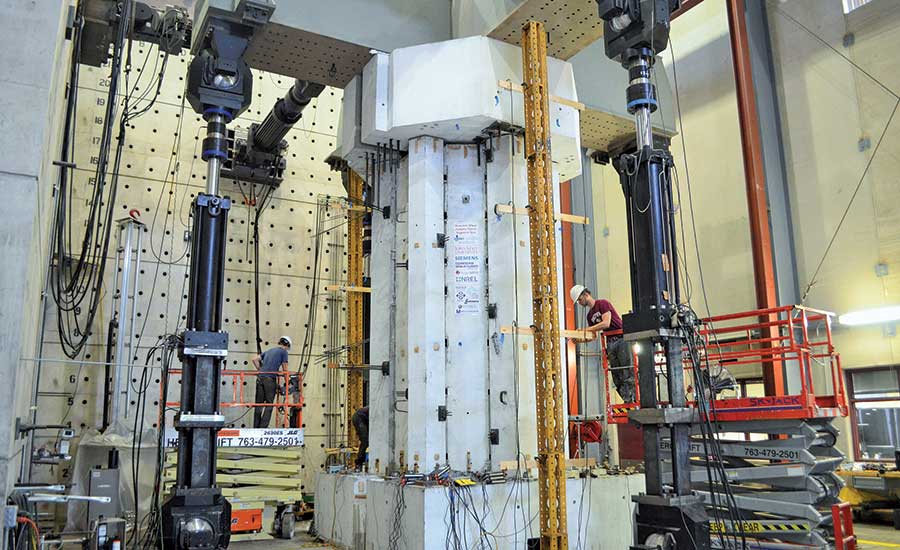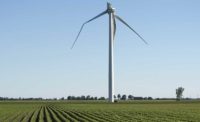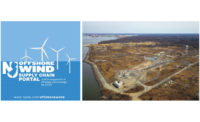Following congressional passage in December of a multiyear extension of the wind-energy production tax credit and investment tax credit, the wind industry is breezing ahead with a new lease on life. In December, the American Wind Energy Association also cheered passing the 70,000-MW milestone of total installed wind-energy capacity. The industry’s expansion is not only horizontal, spreading out across the landscape, but vertical, too, as engineers strive for ever-greater hub heights for towers supporting ever-larger nacelles.
Typical hub heights for U.S. wind towers are about 80 meters, engineers say. MidAmerican Energy has claimed a 115-m tower of stacked concrete segments, erected last fall in Ames County, Iowa, is the tallest in the U.S. Now, an Iowa State University engineering professor is preparing to explore commercialization of a concrete tower designed to reach 140 m tall, hosting a workshop in Denver for developers, contractors, crane companies and others.
Luis Cerezo, lead wind researcher for the Electric Power Research Institute, says a variety of materials are used for towers to support wind turbines: tubular steel, conventional lattice steel, new-generation lattice steel and bolted-steel shell, among others. The most popular material is tubular steel, which is usually no more than 100 m tall. “You have problems of logistics” with taller tubular-steel designs because the lower-section components are too large for easy transport over roads, railways and tunnels, he says.
Funded by grants and contributions from the U.S. Dept. of Energy, the Iowa Energy Center and Lafarge North America Inc., Iowa State’s Sri Sritharan has designed and tested a hexagonal concrete tower, which he calls Hexcrete. Its component columns and panels, precast off site using high-strength or ultra-high-performance concrete, can be easily transported and assembled on site into hexagon-shaped cells. The cells can be stacked vertically to create a 140-m prestressed tower, but Sritharan’s grant is for a 120-m tower. A DOE report last year said a 140-m tower would allow wind-energy development in all 50 states, he notes.
The quest for height is driven by the energy yield. “When you go taller, your wind speed goes up. But the power generation is not proportional to the wind velocity—it’s actually proportional to the cube of the wind velocity,” Sritharan says. “Even a small increase will translate to a larger energy production. The second piece is that the turbine is going to be operating for a longer period of time, compared to a lower hub height. The combination of the two increases the power production.”
Sritharan has focused his analysis on the cost of electricity from two possible 140-m designs: Hexcrete all the way to the top and Hexcrete up to two-thirds of the height, with tubular steel for the top third. Using Hexcrete exclusively provided “a slight advantage,” he says. He expects the June 23 commercialization workshop to result in partnerships to move the project forward.




Post a comment to this article
Report Abusive Comment